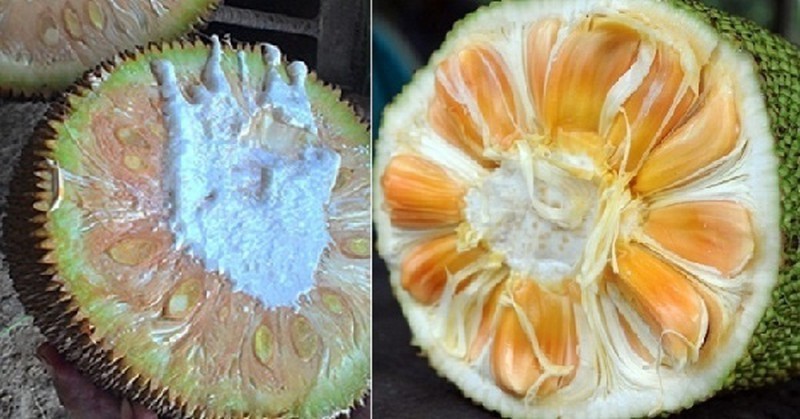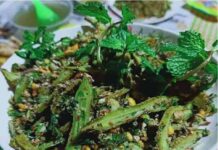Mitre shape
When buying, you should choose a mite with a round and uniform shape, without any dents. Mitres with waist or dents are prone to worms, hardness or many fibers.
Choose mitres that feel heavy when lifted.
Softness of the mitre skin
If you buy the whole fruit, press the skin with your hand, if it feels soft, then the mite is ripe. Hard, sharp thorns indicate that the mite is still green.
Naturally ripe mitres have larger open eyes, less sharp thorns and are thinner compared to when they are still green. In contrast, ripened pressed mitres have sharp thorns, are very hard and thick.
Tap on the mitre
Just like when buying watermelon, lightly tap on the mite to listen. If it makes a hollow sound, then the mite is ripe and delicious. Fragrance
Ripe mites have a very characteristic fragrance, which can be smelled from a distance. Mite injected with chemicals will not have a fragrant scent like naturally ripened mites, or may even have no scent at all.

Naturally ripe mites will have less resin, yellow flesh, and light-colored fibers.
Look at the fruit’s stalk
Observing the stalk helps you choose a good mite. For example, with female mitres, choose those with a stalk that is 0.5 cm long; for Thai mitres, choose those with a stalk that is 1-1.5 cm long.
Mite resin
When cutting open a mite, if you see little resin and no white resin, then it is a naturally ripened mite. On the other hand, mites injected with chemicals usually have white resin flowing out from the flesh, as a result of mites being harvested while still green and the effect of the chemicals.
About the mite flesh
The flesh of ripe mites is usually shiny yellow, with thick fibers, a sweet and strong taste, and yellow or white mite fibers.
Pressed ripened mites also have yellow flesh, but they feel limp to the touch, and their yellow mite fibers are darker.
According to Health and Beauty


































